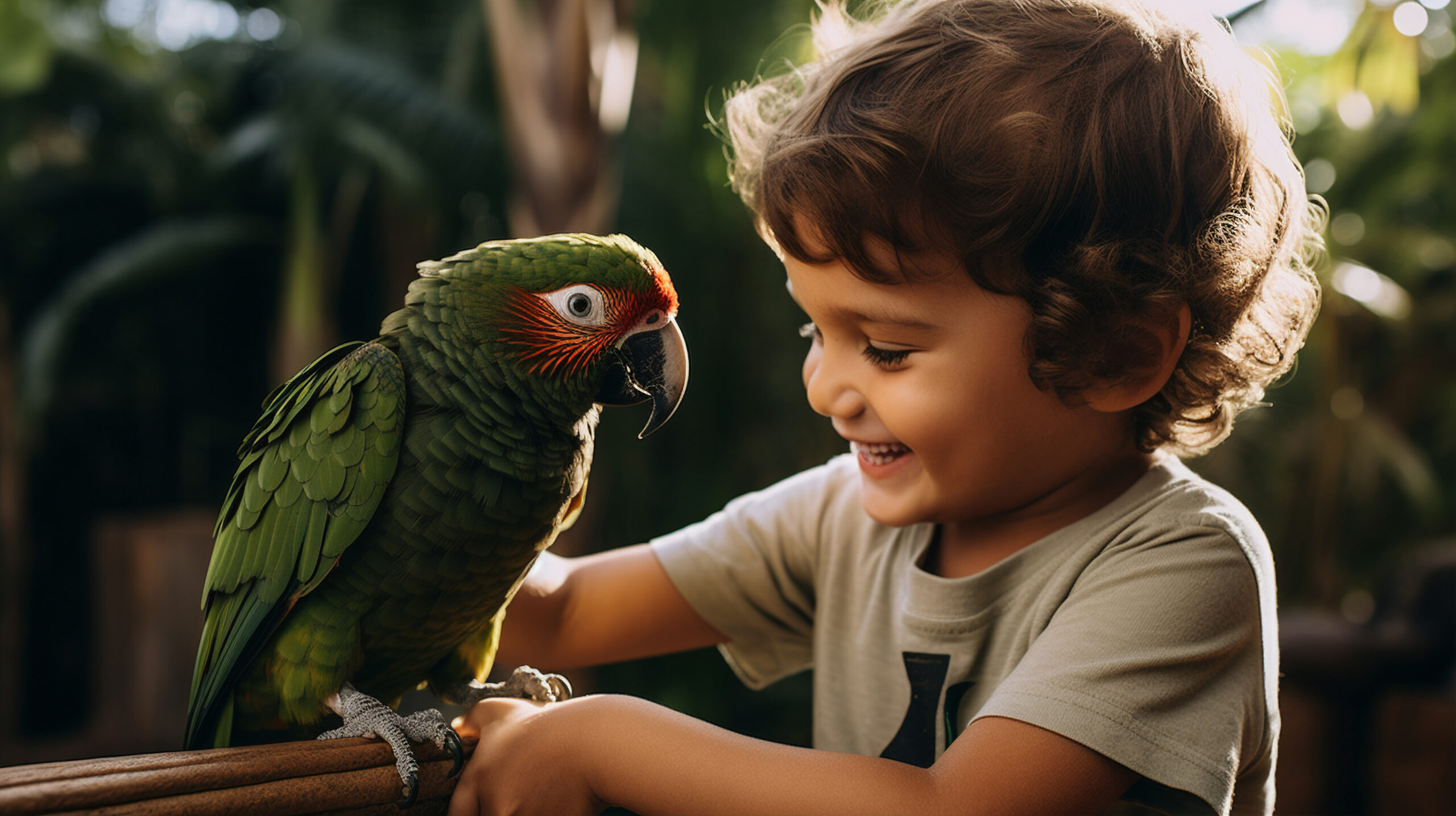For bird enthusiasts, creating an aviary isn’t just about providing a space for birds; it’s about crafting a sanctuary that mimics their natural habitat, offers them safety, and allows for social interaction both with other birds and their human caretakers. An aviary can be a beautiful addition to any garden or home, providing endless enjoyment and a unique opportunity to observe a variety of bird species up close. This comprehensive guide will walk you through the steps to design and maintain an ideal bird aviary that ensures the health and happiness of your feathered friends.
Understanding the Basics of Aviary Design
An aviary, often confused with a simple birdcage, is a large enclosure that allows birds more freedom to fly and exhibit natural behaviors. The design of an aviary must consider the needs of specific bird species, including their size, temperament, flight needs, and social habits.
Key Considerations for Building an AviaryLocation and Size
The location of your aviary is crucial. It should be placed in a quiet area to reduce stress for the birds but also somewhere that allows for easy observation and interaction. Size is equally important; the aviary should be large enough to allow birds to fly and exercise. As a general rule, the bigger, the better, but always ensure that the dimensions are suitable for the species you intend to house.
Materials and Construction
The materials used should be durable, non-toxic, and easy to clean. Stainless steel or coated wire mesh is ideal for the walls and ceiling as it is strong and resistant to rust. The flooring should be constructed with materials that are easy to clean, like concrete, with a layer of safe substrate for natural foraging behaviors.
Security Against Predators
Security is paramount in aviary construction. Ensure that all potential entry points are secure against predators, including from the ground. Using double doors can prevent escape while maintaining the enclosure, and fine mesh or solid panels can help keep smaller predators out.
Shelter and Environmental Control
Part of your aviary should include a sheltered area where birds can escape from the elements. This can be particularly important in climates that experience extreme weather conditions. Additionally, incorporating natural plants, branches, and bird-safe toys can enhance the environmental enrichment for the birds.
Maintenance and Hygiene
Keeping the aviary clean is essential to prevent disease. Regular cleaning of feeding trays and water sources is necessary, along with periodic deep cleaning of the entire aviary. Good hygiene practices help ensure the health of the birds and the longevity of the aviary structure.
Legal and Ethical Considerations
Before building an aviary, check local wildlife and pet ownership laws to ensure compliance. It’s also important to consider the ethical implications of keeping birds. Ensure that the birds have adequate space, social interaction, and environmental enrichment to lead a healthy, happy life.
Introducing Birds to the Aviary
Introducing birds to their new home should be done gradually. Allow them to acclimate to the new environment slowly to reduce stress. Monitoring their behavior early on can provide insights into any additional adjustments needed in the aviary’s design or their care routine.
Conclusion
Building an aviary can be a rewarding project for any bird lover, providing a safe haven for birds and a fascinating feature for your home or garden. By carefully planning the design and placement, choosing the right materials, and maintaining rigorous hygiene practices, your aviary will be a healthy and delightful home for birds for years to come. Whether you’re looking to house exotic parrots or local songbirds, an aviary offers a unique way to connect with nature and enjoy the beauty and diversity of avian life.







